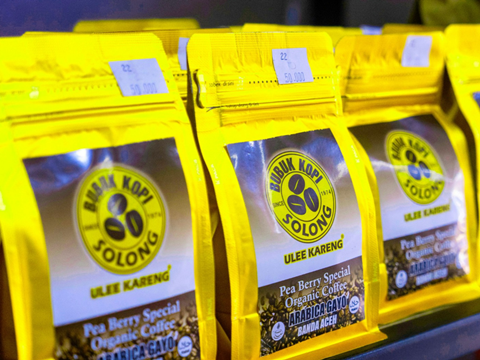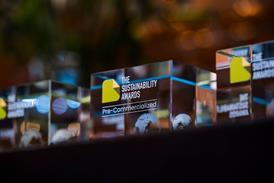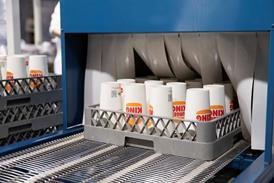
Brilliant Group has revealed its new Low Migration Fluorescent Ink Base (LMB) series for lithographic ink systems, seeking to address increasing industry demand for food-safe, compliant, and high-performance printing solutions.
The LMB Series aims to provide printers, ink makers and brand owners with a safe, versatile, and vibrant fluorescent ink base that meets strict low migration and indirect food contact standards, ensuring compliance without compromising on brightness. When formulated with appropriate letdown and additives, Brilliant Group says the LMB series meets select low migration and food contact regulations, including the Swiss regulation on Food Contact Materials, EU regulation 10/2011 and EC regulation 1935/2004 compliance.
The company adds that the ink base is designed to enable ink makers to formulate with greater flexibility, improving efficiency and performance. The new series is also optimized for offset printing applications (including sheetfed and heatset systems) to ensure ‘seamless’ transfer across food-safe substrates such as foils, laminates, and coated materials, and is said to be compatible with a variety of offset letdown mediums.
“The launch of our LMB Series demonstrates Brilliant Group’s ongoing commitment to delivering best-in-class fluorescent solutions that combine innovation, safety, and high-performance,” said Darren Bianchi, president and CEO of Brilliant Group. “With LMB, our customers can confidently create eye-catching, food-safe packaging that meets global compliance standards while standing out on the shelf.”
In related news, in February Siegwerk announced its nitrocellulose (NC) free ink series for surface printing on polyethylene (PE) and polypropylene (PP) packaging solutions, developed to meet packaging design guidelines such as those from RecyClass and CEFLEX. The solutions apparently utilize a set of proprietary, self-developed polyurethane binders as a replacement for nitrocellulose, said to have ‘excellent’ printability and high heat and mechanical resistance.
The following month HP unveiled its thermal inkjet (TIJ) technology, HP ThermaCore, designed to improve efficiency, meet global coding standards and reduce operational costs in coding and marking applications. The solution aims to address the challenges faced by traditional IJT solutions such as limited throw distance, slower speeds and complex stitching.
If you liked this story, you might also enjoy:
The ultimate guide to the Packaging and Packaging Waste Regulation in 2024
How are the top brands progressing on packaging sustainability?
Sustainable Innovation Report 2024: Current trends and future priorities
Everything you need to know about global plastic sustainability regulation


















No comments yet